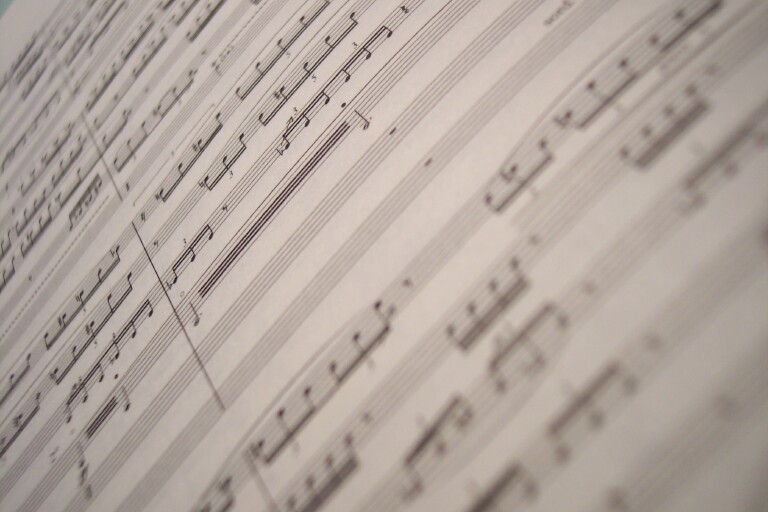American composer Tom Myron was born November 15, 1959 in Troy, NY. His compositions have been commissioned and performed by the Kennedy Center, the United States Holocaust Memorial Museum, the Portland Symphony Orchestra, the Eclipse Chamber Orchestra, the Atlantic Classical Orchestra, the Eastern Connecticut Symphony Orchestra, the Topeka Symphony, the Yale Symphony Orchestra, the Civic Orchestra of Chicago, the Bangor Symphony and the Lamont Symphony at Denver University.
He works regularly as an arranger for the New York Pops at Carnegie Hall, writing for singers Rosanne Cash, Kelli O'Hara, Maxi Priest & Phil Stacey, the Young People's Chorus of New York City, the band Le Vent du Nord & others. His film scores include Wilderness & Spirit; A Mountain Called Katahdin and the upcoming Henry David Thoreau; Surveyor of the Soul, both from Films by Huey.
Individual soloists and chamber ensembles that regularly perform Myron's work include violinists Peter Sheppard-Skaerved, Elisabeth Adkins & Kara Eubanks, violist Tsuna Sakamoto, cellist David Darling, the Portland String Quartet, the DaPonte String Quartet and the Potomac String Quartet.
Tom Myron's Violin Concerto No. 2 has been featured twice on Performance Today. Tom Myron lives in Northampton, MA. His works are published by MMB Music Inc.
FREE DOWNLOADS of music by TOM MYRON
Symphony No. 2
Violin Concerto No. 2
Viola Concerto
The Soldier's Return (String Quartet No. 2)
Katahdin (Greatest Mountain)
Contact featuring David Darling
Mille Cherubini in Coro featuring Lee Velta
This Day featuring Andy Voelker
|
|
|
|
| 
Tuesday, October 16, 2007
Berio's Invisible Cities

Formazioni (1985-87) by Luciano Berio, five bars after rehearsal [14]
In Sinfonia, running parallel to the linguistic & semantic tour de force that constitutes the 8-part vocal layer of the work, Berio deployed a repertoire of harmonic, rhythmic and timbral strategies within the orchestra itself that he had been exploring in both his symphonic & chamber music for the previous decade. In the words of Berio scholar David Osmond-Smith, Sinfonia:
"...integrated the layered textures of his orchestral music form the 50s with the exuberant vocal resources of his works from the 60s. It set the rotating, self-modifying pitch sequences that he so often used to generate extended melodies side by side with his more recent exploration of third-based harmonic textures. But Sinfonia was not simply a retrospective summary; it also provided him with ideas & techniques that were to sustain him through many subsequent works."
Ultimately, the implications of those ideas & techniques achieve their fullest flowering in a magnificent sequence of purely orchestral essays from the 80s & 90s. Requies (1983), Formazioni (1985-87), Continuo (1990) & Ekphrasis (1996) each show the most wildly inventive orchestral thinker since Debussy at the height of his powers.
The sheer expressive force, the Richard Serra-like physical mass of these large-scale, purely instrumental actions can be nigh on overwhelming. In them, Berio arrives at a highly refined late style that is comparable, in terms of its relationship to his total output, to that of Elliott Carter. But where Carter achieves his late-period clarity through a lightening of texture, Berio elucidates the saturated textures that he always favored by relaxing overall tempos & redistributing the constituent parts of the orchestra around the stage. The results are not so much spatial as architectural, illuminating form & detail in a manner that serves the music to perfection. These pieces evoke the shimmering, fantastic worlds of Italo Calvino's Invisible Cities and they more than repay repeated listening.
After 20 years Universal Edition has finally released a study score of Formazioni. It can be had for $47.00 (a steal by U.E. standards) here.
posted by Tom Myron
|
| |



